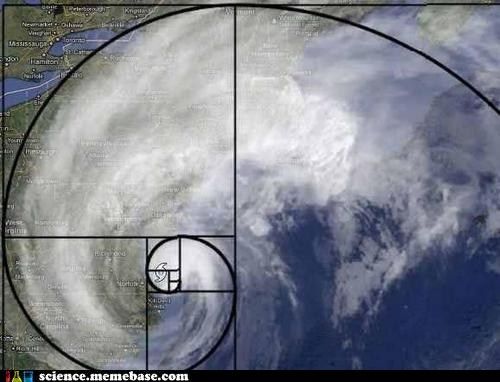The importance of open access in science
The creators of the well known science related web comic offer everybody a chance to become familiar with the open access philosophy (video taken from https://phdcomics.com/comics.php?n=1533).
The creators of the well known science related web comic offer everybody a chance to become familiar with the open access philosophy (video taken from https://phdcomics.com/comics.php?n=1533).
Previously, approximately 2 years ago, we have written that we published a review of our works [1] in a book by open-access publisher. Recently we discovered that during the recent two and a half years this books was downloaded almost 7000 times (namely 8 times per day). It was downloaded by the people all around the world - with the USA, China, India, Japan, Germany being the most active countries in the process. It is an excellent result!
While being happy with excellent "diffusion" of our ideas via open-access publisher, we would also like to speak about the improving statistics of the Physics of Risk website. In 2012 we expect to be visited 12 thousand times! It is slightly better than in 2011, in which we had 11 thousand visits. Improvement is small, yet promising a bright future.
In October 2012 our group has familiarized themselves with this interesting theory. Few seminars, which were held at VU ITPA, on the stochastic theory of nonequilibrium steady states were read by dr. Julius Ruseckas, one the researchers in our group. This theory is discussed in two articles recently published in the Physical Reports journal [1, 2]. Read on for the links to the articles.
Topic: "Agent-based Versus Macroscopic Modeling of Competition and Business Processes in Economics and Finance"
Speaker: dr. Vygintas Gontis
Briefly: The talk will be focused on the agent-based and stochastic modeling done by the Department of the Theory of Processes and Structures of the VU ITPA.
When? 6th of November, 17:00.
Where? VU Faculty of Mathematics and Informatics (Naugarduko g. 24, Vilnius), 400 auditorium.
Organized by: Department of the Mathematical Analysis of the VU MIF.
Recent hurricane, which struck east coast of the USA, has very interesting symmetry properties. This natural phenomenon obeys the golden ratio! Well at least such information has been circulating on the science.memebase.com! Similar properties are also observed in some fractals such as Penrose tiling (we have not yet discussed this fractal on Physics of Risk, thus we'd like to recommend reading an article on the Wikipedia).
